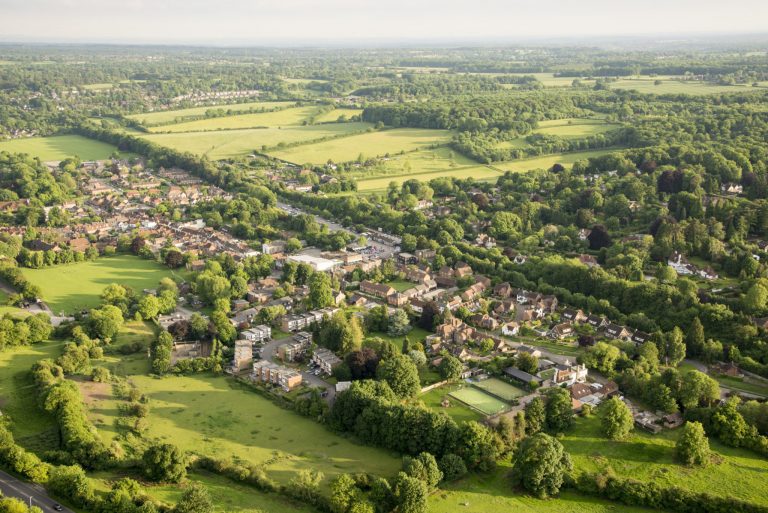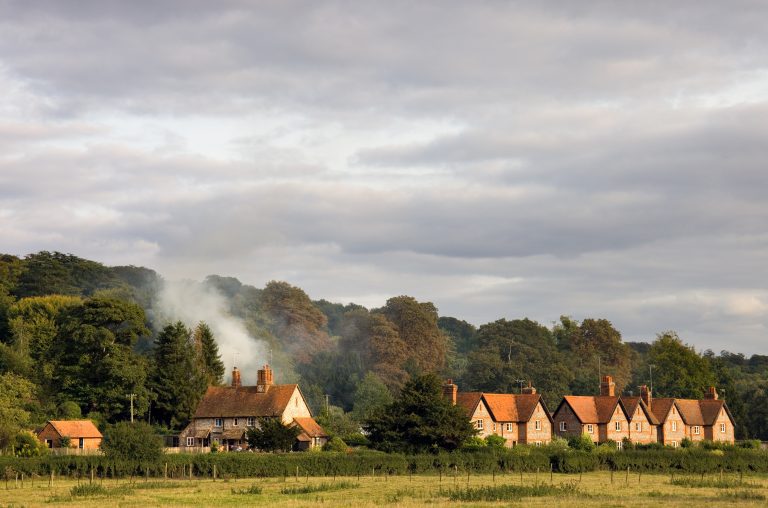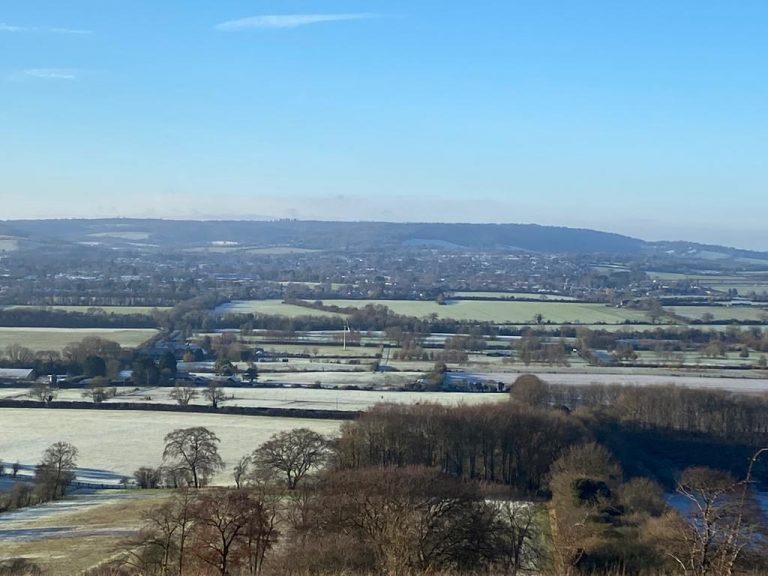2019 saw the publication of the Glover Review, an independent assessment of the future of protected landscapes in England. The Government have recently consulted on their response to the Review and the Chiltern Society has submitted a response to the consultation. In preparing our response we sought the views of a selection of Society members through a discussion group, members of our Planning Group, and Trustees.
There is much for the Society to welcome in the review, particularly the proposed extension of the purposes of Areas of Outstanding Natural Beauty (AONBs) to include nature recovery and climate change. These would be very much in line with the priorities of the Society. The report highlights the opportunities for AONBs to contribute to Local Nature Recovery Networks and achieving the target of having 30% of land protected for biodiversity by 2030. A key part of this would be payments to farmers through the Environmental Land Management Scheme (ELMS)
It is proposed to align the purposes of AONBs and National Parks by adding responsibilities for economic development and encouraging better access for all. This is all very well, but needs to be supported by additional resources for AONBs to cover additional project funding and staffing costs. The report is silent on any proposal to develop the Chilterns as a new National Park.
One of the other significant proposals is to establish a National Landscape Partnership to facilitate closer working between National Parks, AONBs and National Trails. This should be a positive step for the Chilterns as we have both the Ridgeway and the Thames Path within our area.
In relation to planning, we support the Chilterns Conservation Board becoming a statutory consultee for planning, but have significant concerns that many types of harmful development may continue to be allowed in AONBs without planning permission
The big test now will be how the Government proposals are implemented and how the maximum level of resources can be made available to secure the future of protected landscapes.
You can read the Society’s full response here.





